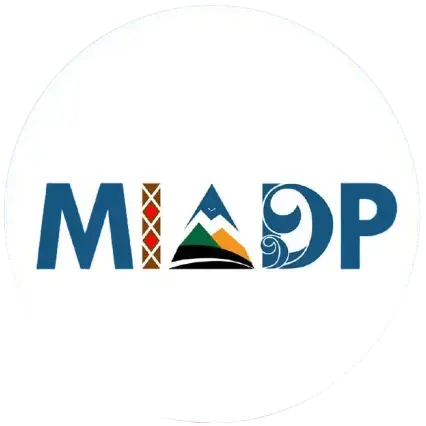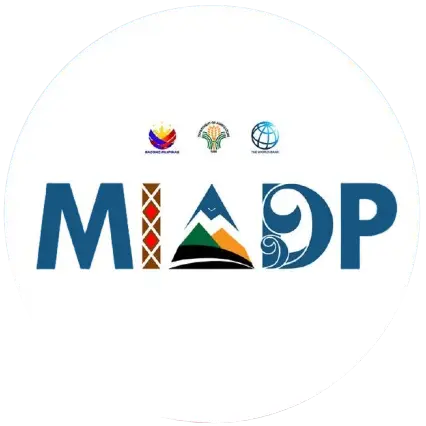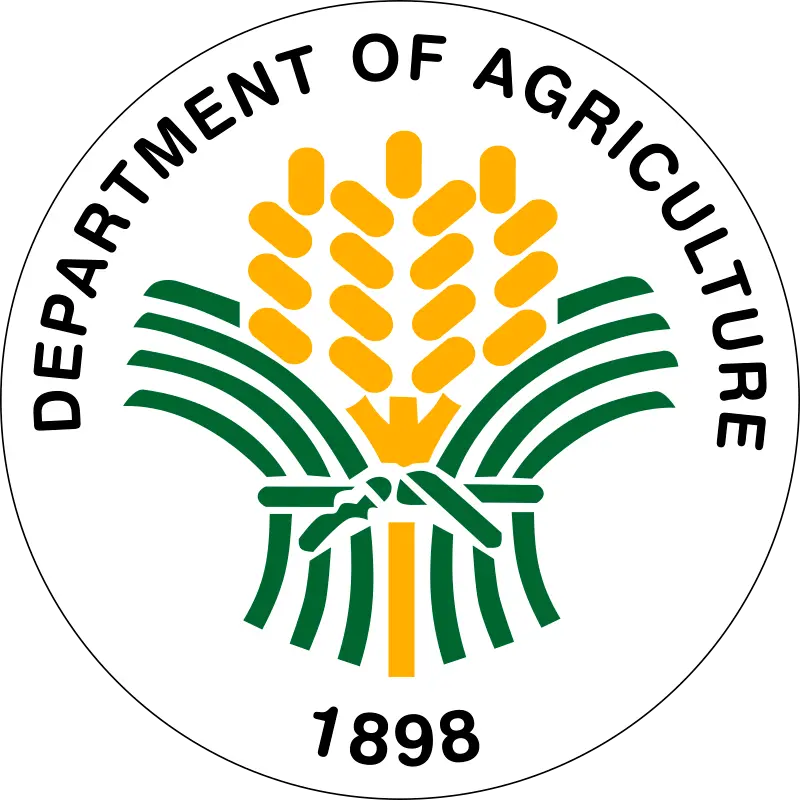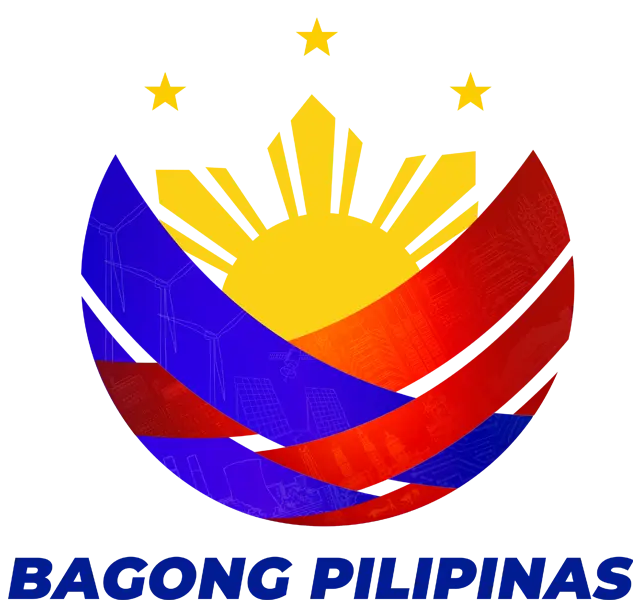| AD | ADSPP Year Formulated | Total land area | Population |
| Senator Ninoy Aquino, Sultan Kudarat | 2017 | 26,994.2158 ha Coverage: Barangays Midtungok, Kiadsam, Nati, Tinalon, Bugso, Kuden, Banali, and Lagubang, Barangays Datu Wasay and Sabanal, and Barangay Baluan | 10,593 |
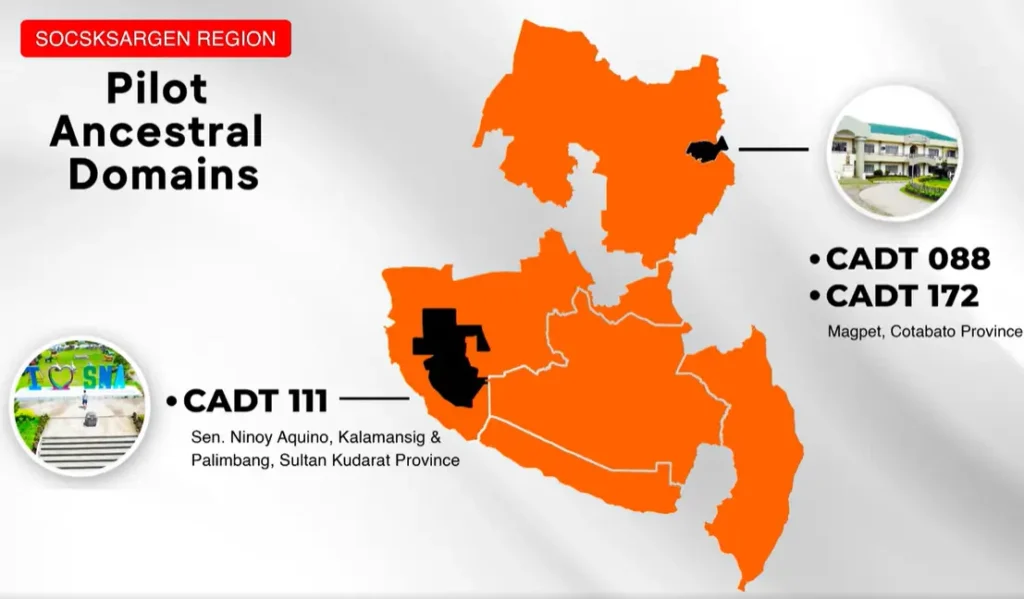
Sultan Kudarat produces the most coffee in Mindanao.
The SK Fine Robusta is from the shade-grown coffee beans grown by the Manobo and local dedicated farmers in a community farm at the mountain range of Daguma particularly at Barangay Kulaman, Senator Ninoy Aquino. The Municipality of Senator Ninoy Aquino (SNA), formerly known as Kulaman in Sultan Kudarat was established through Republic Act No. 6712 on February 17, 1989, and was named in honor of Senator Benigno “Ninoy” Aquino Jr.
Despite challenges brought about by climate change and potential disaster risks (earthquake, soil erosion, flooding, drought, typhoon) that may affect coffee production, its Indigenous community composed of Manobo Dulangan wanted to cultivate more coffee within its Ancestral Domain (AD). This came about after a series of consultations for the six-year agri-fishery investment and development plan for Manobo-Dulangan Indigenous Cultural Communities with local stakeholders.
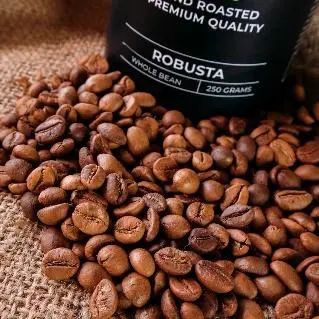
Coffee production, consolidation, processing, and marketing were identified as the top priority for an enterprise concept note, while infrastructure development will target the concreting of Barangay Road Junction – Sitio Benibol – Sitio Paraiso of Barangay Lagubang farm-to-market road. These initiatives are to be funded by the World Bank through the DA-Mindanao Inclusive Agriculture Development Project.
Tribal members of the SNA Ancestral Domain formulated its ADSDPP in 2017. Covering an area of 26,994.2158 ha, it has a population of 10,593 from various barangays such as Midtungok, Kiadsam, Nati, Tinalon, Bugso, Kuden, Banali, Lagubang, Datu Wasay, Sabanal, and Baluan.
MIADP aims to sustainably increase agricultural productivity, resiliency, and access to markets and services of organized farmer and fisherfolk groups among the indigenous cultural communities/ indigenous peoples (ICCs/IPs) in selected Ancestral Domains (ADs) and for selected commodity value chains in Mindanao. It has four components namely Component 1: Ancestral Domain Planning and Social Preparation, Component 2: Resilient Ancestral Domain Agri-Fisheries Infrastructure, Component 3: Ancestral Domain Agri-Fisheries Production and Enterprise Development, Component 4: Project Management and Support, Monitoring, and Evaluation.
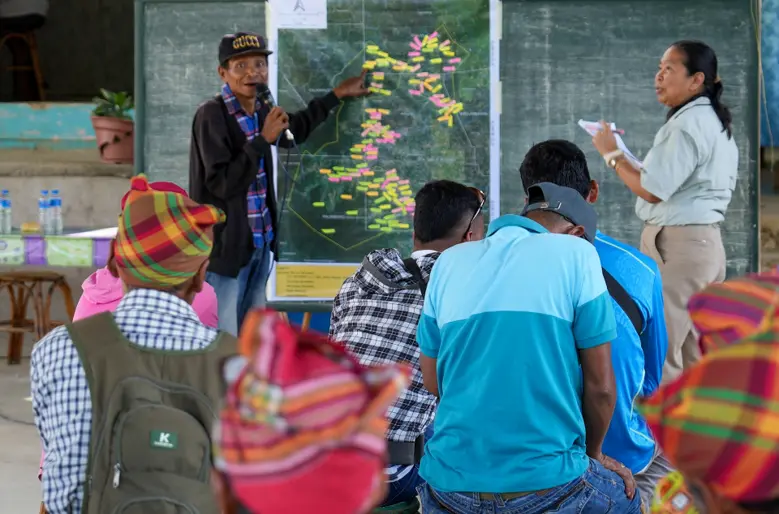
Community Consultation with the representatives of Manobo-Dulangan at the Senator Ninoy Aquino, Sultan Kudarat, on March 25, 2024. PHOTO: MIADP-RPCO 12
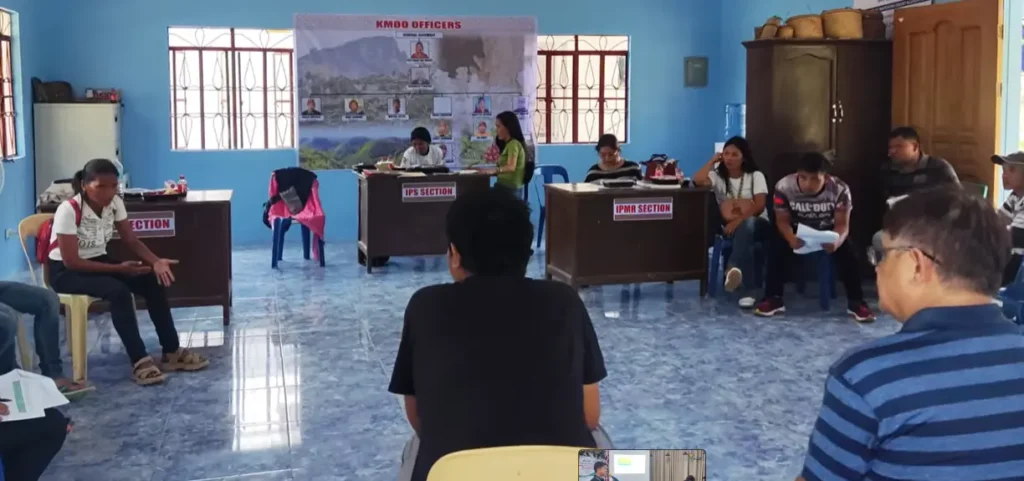
IPO validation and prioritization of enterprise and infrastructure projects to be funded by the World Bank through the MIADP. PHOTO: MIADP-RPCO 12
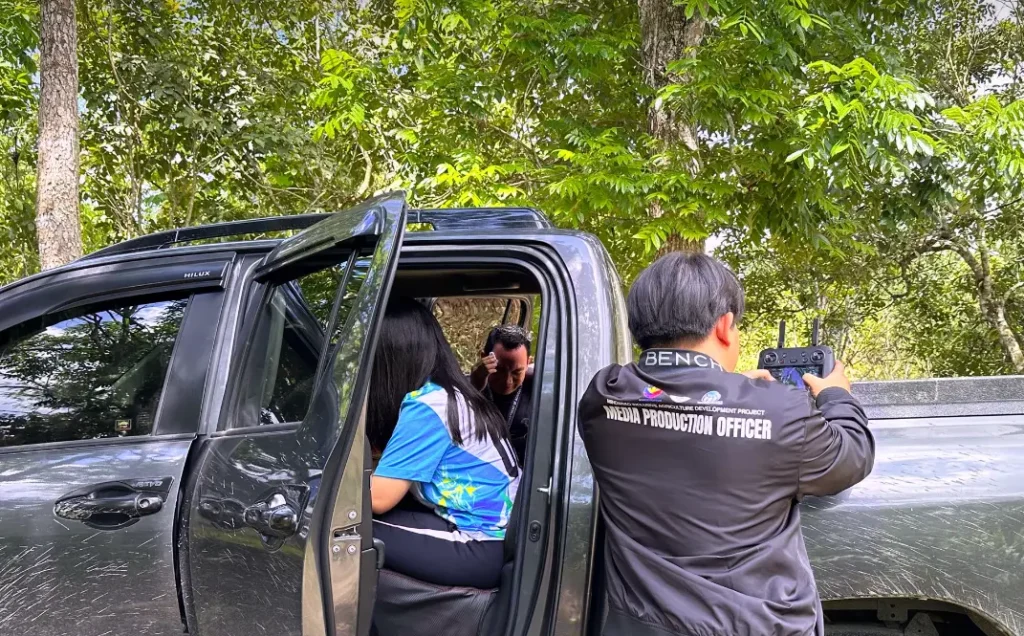
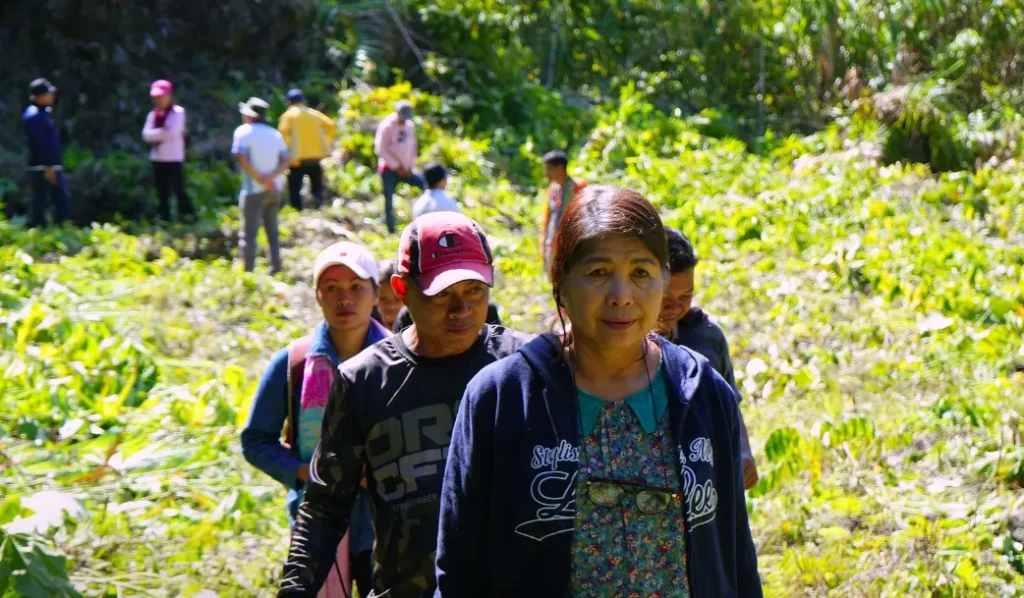
Simultaneous site validation with drone mapping for the identified sub-projects (SPs) based on the updated Ancestral Domain Sustainable Development and Protection Plan (ADSDPP). Both activities were conducted with MLGU-Senator Ninoy Aquino, Sultan Kudarat, July 25-26, 2024. The said validation ensured MIAP that the SPs meet the criteria and the social and environmental safety standards set by the World Bank. Included in the validation are the SP proposals on an all-weather solar dryer for the Kulaman Manobo- Dulangan Organization (KMDO), 7.08km FMR to Brgy. Lagubang, 5km FMR Brgy. Kuden, and 5.13km FMR to Brgy. Bugso. PHOTOS/TEXT: MIADP-RPCO 12
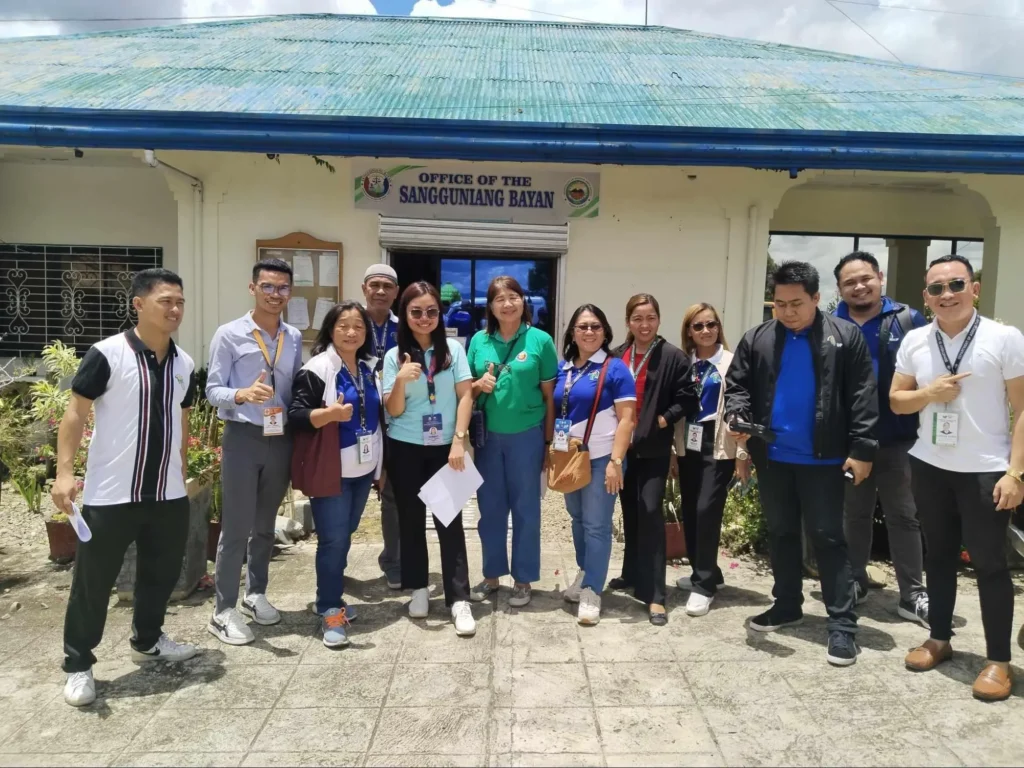
After the presentation of the ADAIF to the Sangguniang Bayan members of SNA, Sultan Kudarat, on September 24, 2024. PHOTO: RPCO 12
References
Ancestral Domain Sustainable and Protection Plan, Community Situationer, 2014.
Ancestral Domain Agriculture Implementation Framework (ADAIF), 2024
SNA-MGLU Community-Based Monitoring System (CBMS), 2022
PHOTO: RJ Basco, Philia.PH/Joey Bayawan/RPCO MPO 12
